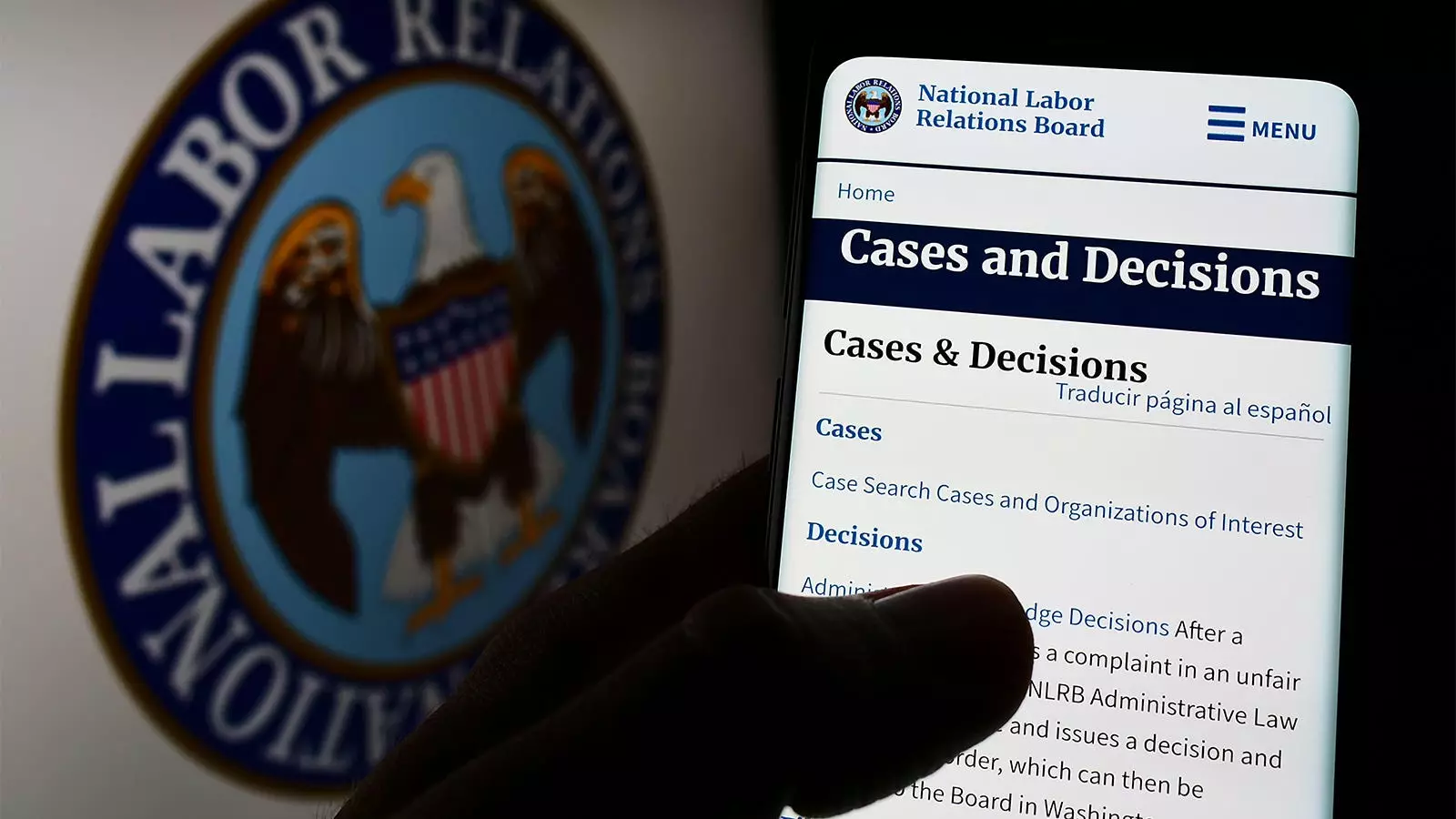The landscape of healthcare is undergoing significant transformations, notably reflected in the rising number of physician unionization efforts. Data from the National Labor Relations Board (NLRB) show that between 2023 and 2024, the number of union petitions filed by physicians surged in stark contrast to the preceding two decades (2000-2022). This period saw only 44 petitions, while the more recent timeframe documented a dramatic increase to 77 petitions. The annual filing rates rose from a modest 2.1 to a striking 23.3, underscoring a burgeoning movement among physicians to organize and collectively voice their concerns.
Dr. Kevin Schulman from Stanford University, alongside fellow researchers, published these findings in a research letter to JAMA, providing insight into the underlying motivations behind this uptick. The data indicates that the catalysts for this new wave of unionization are multifaceted, with issues surrounding working conditions, lack of representation in management, and concerns about patient care ranking high on the list. Interestingly, financial compensation was a minor factor, appearing in just one campaign. This shift in focus suggests that physicians are increasingly worried about the practicalities of their work environment rather than solely their paychecks.
The rise of unionization activities among physicians can be viewed as a direct response to the evolving dynamics of the healthcare sector, particularly the increasing consolidation of healthcare facilities. As more than half of physicians now operate as employees within hospitals, traditional avenues for influencing workplace governance and clinical practices have diminished. As Schulman articulated, this has led to an urgent need for collective bargaining strength to tackle workflow inefficiencies, staffing shortages, and governance concerns associated with clinical operations.
The theme of disempowerment resonates strongly throughout these petitions, as a significant majority reflected grievances about their inability to exert influence over management decisions. With healthcare systems comprising intricate hierarchies and ever-changing regulations, the proficiency to negotiate collectively becomes a crucial tool for physicians advocating for their rights and those of their patients.
Delving into the historical context reveals that the seeds of unionization in the healthcare workforce were planted as far back as the 1930s. Recent unionization efforts can benefit from the lessons learned during those early campaigns, as modern agreements may provide insight into the success of collective bargaining in meeting the pressing needs of healthcare workers. The question remains whether today’s initiatives will effectively address the challenges posed by contemporary healthcare environments.
While the findings reflect a significant uptrend in union petitions, Schulman notes that the journey of tackling governance issues in healthcare is still in its infancy. Whether unions will emerge as the panacea to reconcile these challenges is yet to be seen. However, his cautions against an over-fragmented approach to collective bargaining highlight the need for a collaborative strategy across various specialties. Disjointed efforts may dilute the potency of unionization, limiting its impact on systemic issues.
Analyzing the geographical distribution of union petitions uncovers another layer of this narrative. The concentration of applications in western states, particularly California, Oregon, and Washington, indicates regional variations in the labor landscape. Nearly two-thirds of the total petitions originated from these states, where healthcare systems may face different pressures than in other regions. These petitions stem from a variety of healthcare environments, including hospitals, community health centers, and even corporate entities backed by private equity.
Another fascinating aspect of this research is the diversity within the bargaining units themselves. Approximately one-third consisted of solely physicians, while 40% included advanced practice clinicians, highlighting an inclusive approach to union membership. This collaborative effort could foster a stronger voice in negotiations and enhance the overall quality of care provided to patients.
The rise in physician unionization represents a critical juncture in the evolution of healthcare employment dynamics. The data suggests a compelling shift toward collective action as physicians seek to reclaim their influence in the increasingly complex environment of modern medicine. While the limitations of current studies and external factors may impose restrictions, the trajectory points to a strong movement driven by the needs and representation of healthcare professionals. As unionization efforts gain momentum, it remains to be seen how these initiatives will reshape the healthcare landscape and influence governance structures for years to come.

Leave a Reply